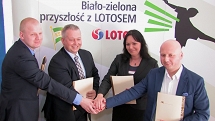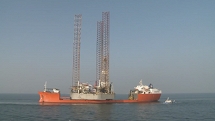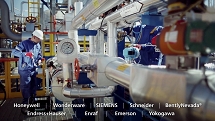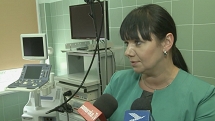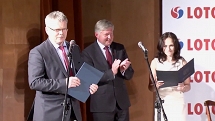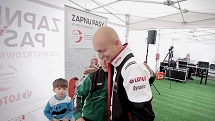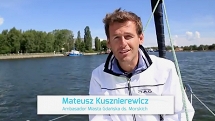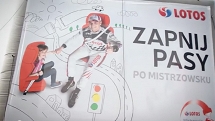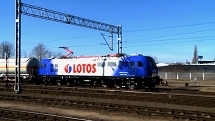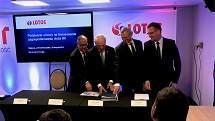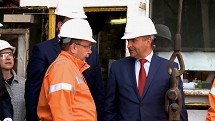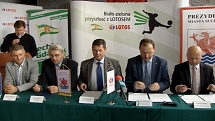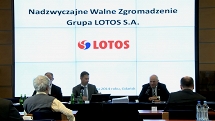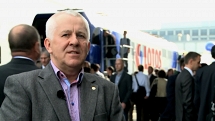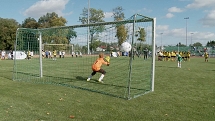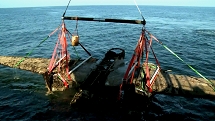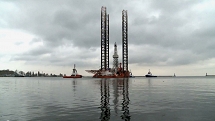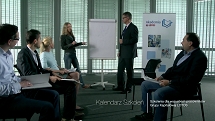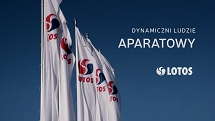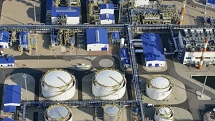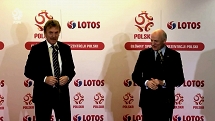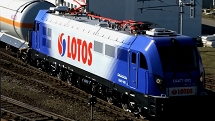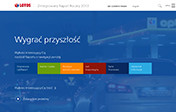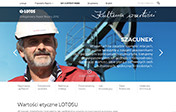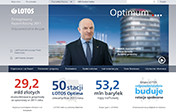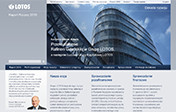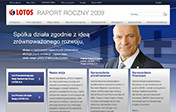-
Financial information
The past year ushered in a series of challenges for the companies in the fuel sector. The decisions made by us have demonstrated that we are able to take rapid steps to adapt to a demanding environment and ensure the desired profitability for our projects.
-
Segment performance
The segmental management model we have implemented enhances management efficiency, delivering cost and revenue synergies across the organization.
-
Letter from the Vice-President of the Board
2014 ushered in a series of challenges for the companies in the fuel sector. The decisions made by the LOTOS Group have demonstrated that we are able to take rapid steps to adapt to a demanding environment and ensure the desired profitability for our projects.
-
Business environment
The key factor that had a strong impact on both the global and Polish petroleum markets in 2014, with significant consequences for the LOTOS Group’s performance, was the price of crude oil, which also determined the price of petroleum products.
-
Strategic objectives
The LOTOS Group’s Strategy is designed to strengthen our position as a strong, innovative and efficient business which plays a major role in ensuring national energy security.
-
Business model
Our operations consist in crude oil production and processing, as well as wholesale and retail sale of petroleum products, among which are: fuels (unleaded gasoline, diesel oil and light fuel oil), heavy fuel oil, bitumens, aviation fuel, naphtha, propane-butane LPG and base oils.
-
Risk and opportunities
At the LOTOS Group, we identify a range of diverse risks, which may affect all areas of our business. The key risks in terms of their impact on our operations are the financial risks as well as risks affecting the exploration and production area. In the analysis of the risks, we also factor in issues related to sustainable development.
-
Key data 2014
With revenue of ca. PLN 28.5bn in 2014, we rank fourth in the group of 500 largest businesses in Poland.

Key instruments
| Risk management principles at the LOTOS Group |
|---|
| I. Risks are identified in reference to the strategic and operational objectives pursued by the organization and assessed from the annual and long-term perspectives. Risks are evaluated in terms of their potential consequences for the organization’s financial standing and reputation, as well as for the environment and people’s health. |
| In 2014, we introduced an additional criterion for operational risks, which are now assessed also in terms of their impact on processes within Grupa LOTOS. We also began identifying operational risks affecting specific processes, with the detailed identification and assessment of process risks to be continued in 2015. |
| II. A course of action, controls and protection measures are defined for each of the risks. If a risk is deemed material, detailed risk management charts are prepared. The charts specify how a given risk should be mitigated and what actions to take should it materialise. Key risk indicators (KRI) are defined, by means of which the risk can be monitored in accordance with established guidelines. Risks are managed by the respective risk owners. |
| III. Twice a year, all the defined risks are reviewed and updated. |
| IV. We have implemented appropriate standards for communicating and reporting the results at each stage of the process. |
Enterprise risk management initiatives at the LOTOS Group are supported by the ERM Portal, an IT tool. The Portal is used to record risks, assess them and prepare risks maps, to monitor current risk indicators and the progress of planned actions, as well as for reporting purposes. Audit results are also recorded in the Portal if the relevant audits involve the review of individual risk management processes and specific incidents.






